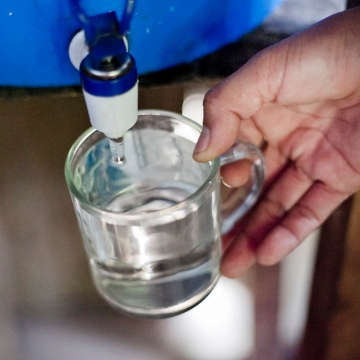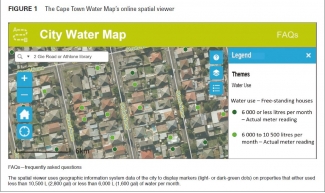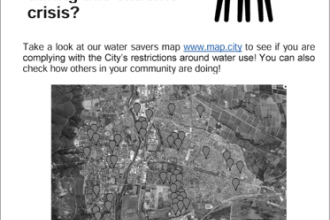Interaction between crop insurance and technology adoption decisions: The case of wheat farmers in Chile
This paper examines relationships between crop insurance and input technology decisions among Chilean wheat farmers. Using nationwide farm-level data, a bivariate probit model is estimated. We investigate the extent to which the adoption of production input technologies is associated with farmers’ participation in the


